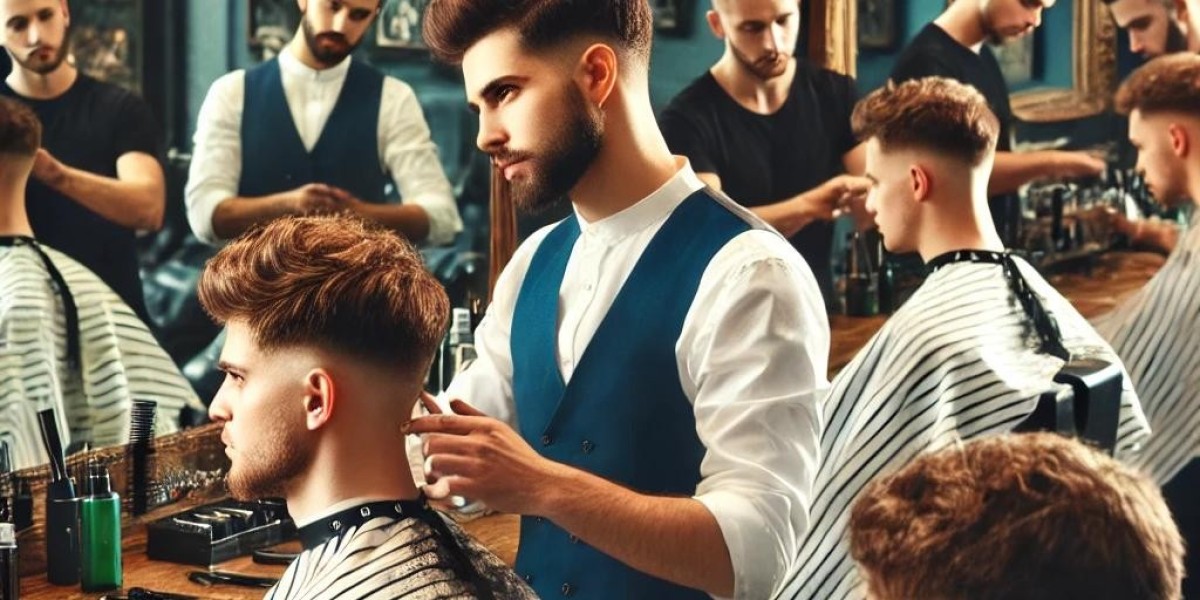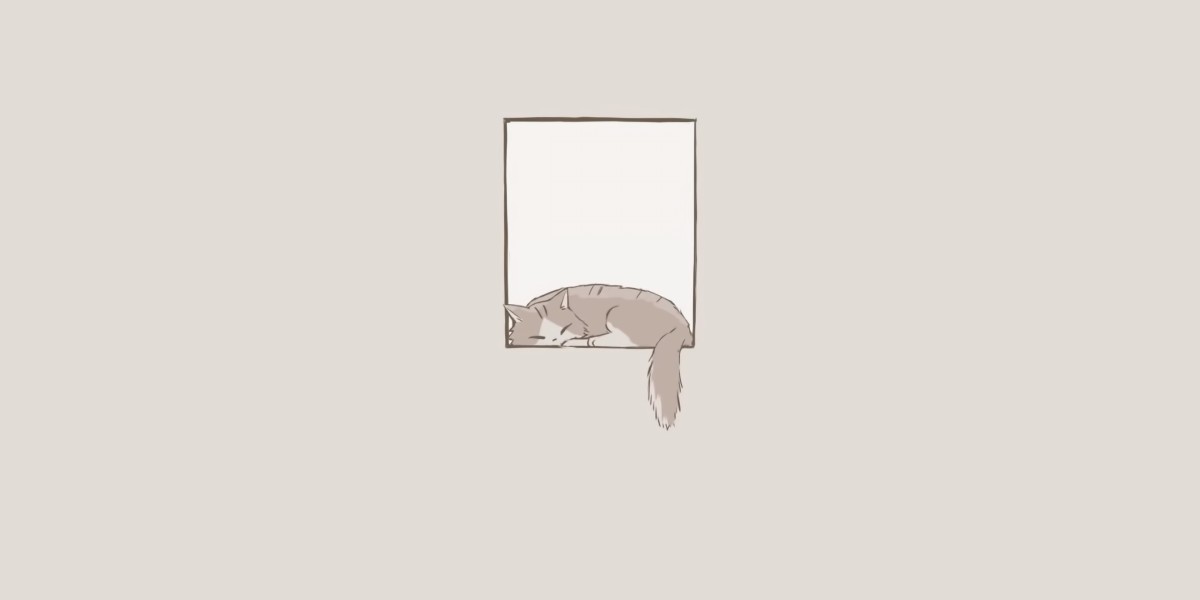Barbering is more than just cutting hair—it’s an art form, a science, and a career filled with opportunities for creativity and entrepreneurship. Whether you’re just starting your barber training journey or looking to refine your skills, mastering both the artistic and technical aspects of the trade is essential.
In this blog, we’ll explore what it takes to become a professional barber, the science behind precision cutting, and the artistry that makes great barbers stand out.
The Foundation of Barber Training
Before you can master the clippers and razors, you need proper barber training. This involves:
1. Learning the Science Behind Haircuts
Understanding hair structure, growth patterns, and face shapes helps barbers create customized styles that complement each client. Key aspects of barbering science include:
- Hair Types & Textures – Knowing how different hair types react to various tools and techniques is essential.
- Skin & Scalp Health – A skilled barber can recognize scalp conditions and recommend proper care.
- Angles & Geometry – Precision cutting relies on understanding angles, weight distribution, and symmetry.
2. Mastering the Tools of the Trade
Every barber needs to be proficient in using:
- Clippers & Guards – Essential for fades, tapers, and precise cuts.
- Straight Razors – Used for clean shaves and sharp lines.
- Shears & Combs – For scissor-over-comb techniques and texturizing hair.
3. Practicing Essential Techniques
Quality barber training programs teach a range of techniques, including:
- Fading & Blending – Seamless transitions in hair length.
- Tapering – Gradual length reduction for a polished look.
- Texturizing – Creating movement and dimension in hair.
- Line-Ups & Beard Grooming – Crisp edges and detailed beard sculpting.
The Artistic Side of Barbering
Beyond technique, barbering is an art. Every client is a blank canvas, and barbers use their creativity to craft unique styles. To stand out as a barber, focus on:
1. Personal Style & Creativity
Developing your own artistic flair helps build a signature style that attracts loyal clients. Experiment with new trends, and don’t be afraid to push creative boundaries.
2. Client Communication & Customization
Understanding what a client wants—and what will suit them—is key. A great barber doesn’t just cut hair; they consult, advise, and personalize every haircut.
3. Staying Ahead of Trends
Barbering is always evolving, from classic cuts like pompadours and crew cuts to modern designs like skin fades and freestyle patterns. Keep learning and adapting to stay ahead in the industry.
Building a Successful Barbering Career
Once you’ve mastered the science and art of barbering, it’s time to build your career. Here’s how:
1. Get Proper Certification & Licensing
Most states and countries require barbers to complete an accredited barber training program and pass licensing exams. Make sure you fulfill all the necessary requirements before starting your professional journey.
2. Gain Experience & Build Your Portfolio
Work in a barbershop, apprentice under experienced barbers, and document your best haircuts in a professional portfolio. This helps attract clients and job opportunities.
3. Develop Business & Marketing Skills
If you plan to open your own barbershop, you’ll need more than cutting skills. Learn:
- Customer Service – A great barber keeps clients coming back.
- Social Media Marketing – Platforms like Instagram and TikTok are game-changers for promoting your work.
- Business Management – Understand pricing, budgeting, and legal aspects of running a barbershop.
Conclusion
Barbering is a blend of technical precision, artistic expression, and business acumen. With proper barber training, dedication, and passion, you can turn this craft into a thriving career.
Whether you dream of working in a high-end barbershop, becoming a celebrity barber, or running your own business, investing in your skills and continuously learning will set you apart in this competitive industry.



